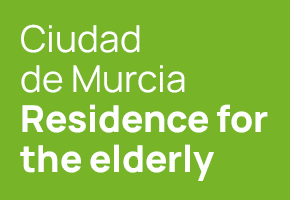

Guidelines for submitting articles to San Javier Today
Hello, and thank you for choosing sanjavier.today to publicise your organisation’s info or event.
San Javier Today is a website set up by Murcia Today specifically for residents of the urbanisation in Southwest Murcia, providing news and information on what’s happening in the local area, which is the largest English-speaking expat area in the Region of Murcia.
When submitting text to be included on San Javier Today, please abide by the following guidelines so we can upload your article as swiftly as possible:
Send an email to editor@spaintodayonline.com or contact@murciatoday.com
Attach the information in a Word Document or Google Doc
Include all relevant points, including:
Who is the organisation running the event?
Where is it happening?
When?
How much does it cost?
Is it necessary to book beforehand, or can people just show up on the day?
…but try not to exceed 300 words
Also attach a photo to illustrate your article, no more than 100kb

Lorca students restore historic washhouse at Coy river beach
The €35,000 refurbishment has revived a key communal landmark used in Lorca for washing, bathing and social life before running water reached homes
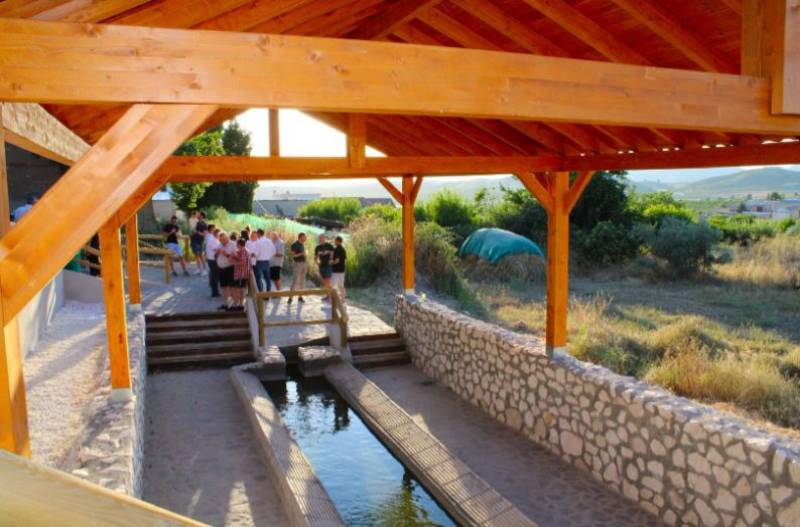
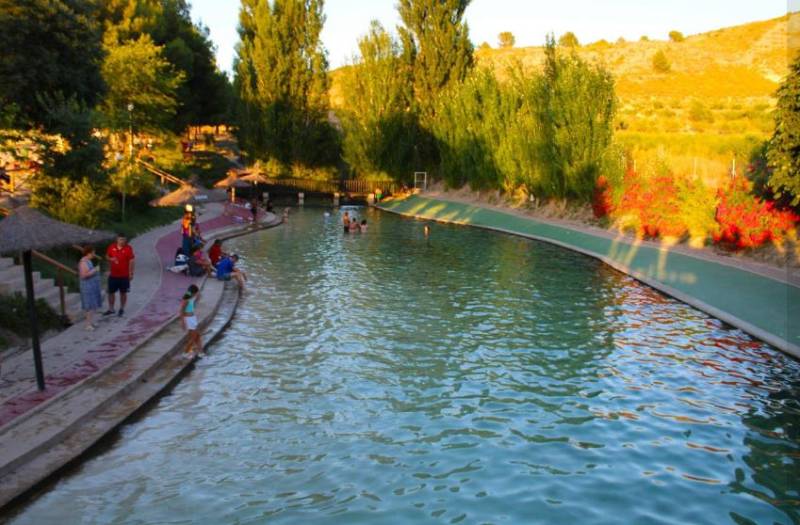
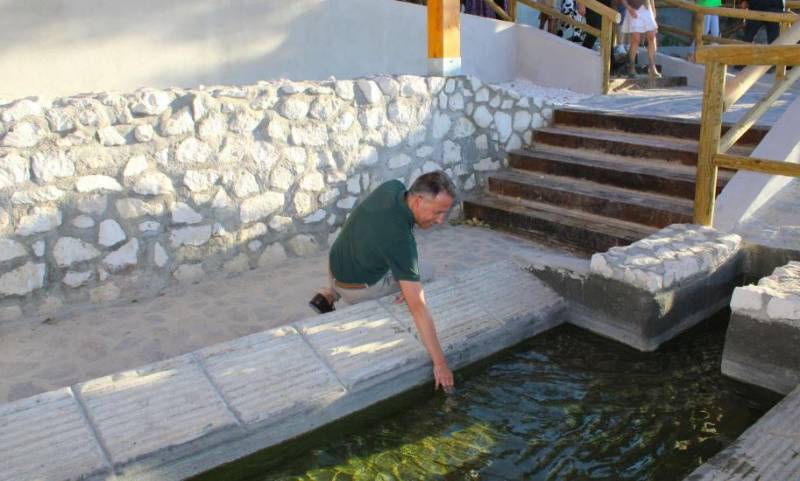 “They lost their purpose, but they are historical heritage, ethnographic elements, that we must not let disappear. We had to preserve the memory of these spaces that were a meeting point. It was the place where neighbours knew what was happening, got the latest news. A kind of social network of yesteryear,” he said.
“They lost their purpose, but they are historical heritage, ethnographic elements, that we must not let disappear. We had to preserve the memory of these spaces that were a meeting point. It was the place where neighbours knew what was happening, got the latest news. A kind of social network of yesteryear,” he said.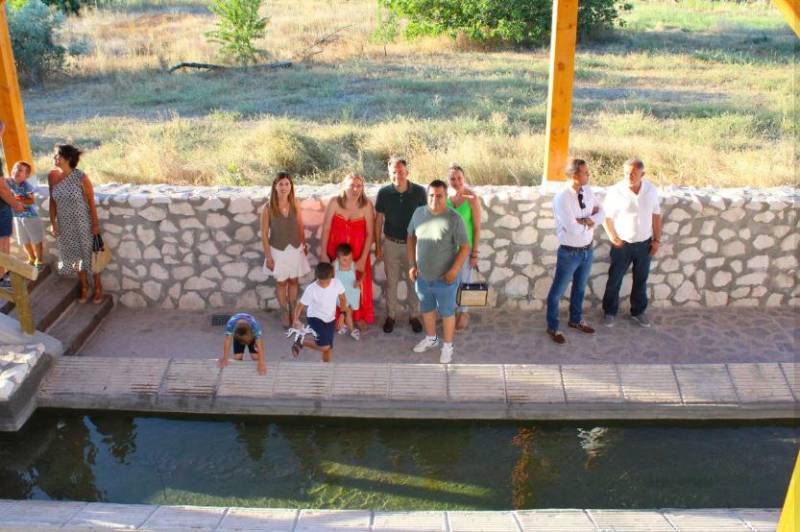 Mayor Gil Jódar described Coy Beach as one of the most beautiful river areas in the entire Region of Murcia. He praised the location’s charm, shaded by large pine trees and fed by a natural spring.
Mayor Gil Jódar described Coy Beach as one of the most beautiful river areas in the entire Region of Murcia. He praised the location’s charm, shaded by large pine trees and fed by a natural spring.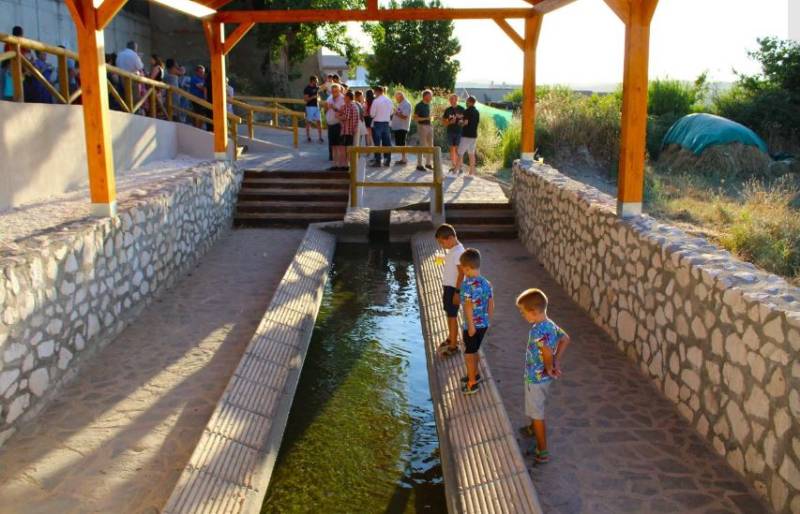 The original features of the washhouse have also been preserved. The elongated rectangular basin, measuring 11 metres, remains, surrounded by flagstones used for scrubbing.
The original features of the washhouse have also been preserved. The elongated rectangular basin, measuring 11 metres, remains, surrounded by flagstones used for scrubbing.For more local news, events and visiting information, you can go to the home page of Lorca Today
Images: Ayuntamiento de Lorca






